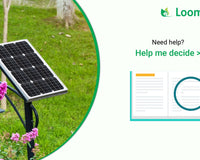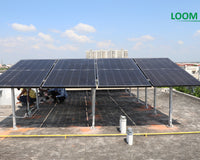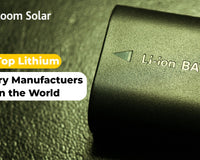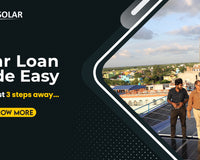A solar power system has important parts that work together to turn sunlight into electricity for your home and helps you to reduce your electricity bills by upto 80%. Here's an easy explanation of the main components:-
- Solar Panels: These are the most visible part of the system. Solar panels are made up of photovoltaic cells that capture sunlight and convert it into direct current (DC) electricity.
- Solar Inverter: The solar inverter is responsible for converting the DC electricity generated by the solar panels into alternating current (AC), which is the type of electricity used in homes and businesses.
- Mounting Structure: Solar panels need a sturdy and secure mounting structure, usually installed on rooftops or on the ground, to hold them in place and maximize exposure to sunlight.
- Wiring and Electrical Components: Wires and conduits connect all the components and carry the electricity throughout the system and into your home's electrical panel.
- Meter: It's like a scoreboard. It measures how much electricity your solar system makes and how much your home uses. It helps you see your savings.
- Battery (Optional): This is optional component in solar system. Solar battery stores extra electricity your panels make during the day, so you can use it at night or on cloudy days.
- Monitoring System: Many solar power systems come with a monitoring system that allows homeowners to track their system's performance and energy production in real-time through a computer or smartphone app.
In short, a solar power system is like a team of Lego pieces: solar panels soak up sunlight, the inverter makes it useful, the structure holds everything up, wires move the electricity, the meter keeps track, and a battery can save some for later. They all work together to power your home with clean, green energy from the sun.












